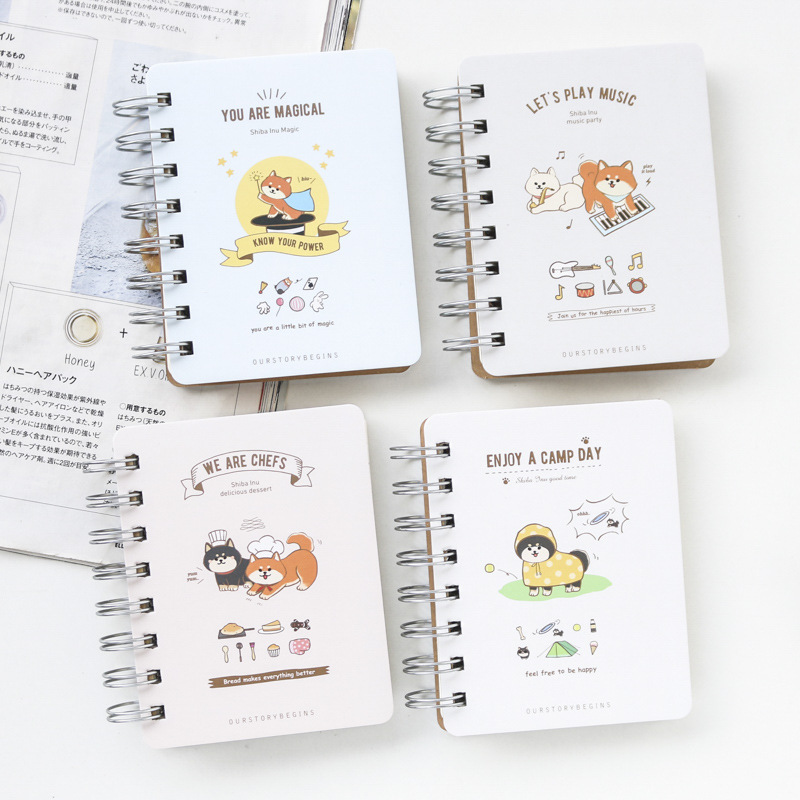The digital notepad has revolutionized note-taking by seamlessly integrating analog and digital workflows. In this article, we’ll explore how the digital notepad combines the familiarity of paper with the advantages of modern technology.
Digital Synchronization: Digital notepads sync notes across devices, enabling seamless access and editing on smartphones, tablets, and computers. This eliminates the need for manual transcriptions and enhances accessibility.
Handwriting Recognition: Modern digital notepads offer handwriting recognition technology. Users can write naturally on the screen while the device converts their handwriting into editable digital text.
Annotation and Collaboration: Digital notepads allow for easy annotation and collaboration. Users can mark up PDFs, add comments to documents, and share notes with colleagues in real time.
Organization and Searchability: Digital notepads provide advanced organization and search capabilities. Tags, folders, and search functions make it easy to locate specific notes and information within a large collection.
Versatile Media Integration: Digital notepads support media integration. Users can insert images, audio recordings, and even video clips directly into their notes, enhancing the richness and context of the content.
Conclusion: The digital notepad bridges the gap between analog and digital workflows by combining the familiar experience of pen and paper with the advantages of technology. With features like digital synchronization, handwriting recognition, annotation, organization, and media integration, digital notepads enhance productivity and streamline information management.


















